Beneath your feet right now, as you read these words, massive rivers are flowing through darkness. They’re carving canyons deeper than the Grand Canyon, moving billions of gallons of water across continents, and reshaping the very ground we walk on. Yet most of us live our entire lives without ever thinking about these hidden waterways that dwarf the Amazon and Mississippi combined.
The Hidden Ocean Beneath Our Feet

Scientists estimate that underground rivers contain more water than all the surface rivers and lakes on Earth combined. This isn’t just groundwater seeping through soil – we’re talking about actual flowing rivers with currents, tributaries, and deltas, all happening in complete darkness. The Sahara Desert, for instance, sits atop one of the world’s largest underground river systems, with water flowing beneath the sand for thousands of miles. These subterranean waterways move at speeds that would surprise you, sometimes flowing faster than surface rivers during flood season. What’s truly mind-blowing is that some of these underground rivers have been flowing continuously for millions of years, older than most mountain ranges.
The Invisible Architects of Landscape

Underground rivers don’t just flow – they sculpt entire continents like invisible artists working in slow motion. Every drop of water that moves through limestone, sandstone, or other soluble rock carries away tiny particles, gradually hollowing out vast cavern systems. Over millions of years, these seemingly gentle forces create underground canyons that make surface gorges look like shallow scratches. The Yucatan Peninsula in Mexico is essentially a massive limestone platform riddled with underground rivers that have created a three-dimensional maze of waterways stretching for hundreds of miles. When you walk across seemingly solid ground in many parts of the world, you’re actually walking on a thin ceiling above rushing waters. These hidden rivers have carved out spaces so large that entire cities could fit inside them.
Ancient Waters Still Moving Today

Some underground rivers contain water that fell as rain when dinosaurs roamed the Earth. This “fossil water” has been trapped underground for millions of years, slowly making its way through rock formations at a pace measured in inches per century. The Great Artesian Basin in Australia contains water that’s been underground for over a million years, yet it’s still moving, still flowing toward the ocean through paths carved in solid rock. These ancient waterways carry with them the chemical signature of prehistoric climates, making them living libraries of Earth’s history. Scientists can read these underground rivers like books, discovering what the atmosphere was like long before humans existed.
The Underground Mississippi Nobody Talks About

North America has its own massive underground river system that rivals the Mississippi in size and importance. The Ogallala Aquifer stretches from South Dakota to Texas, containing flowing water that moves through underground channels carved over millions of years. This hidden river system provides water for about 30% of all irrigation in the United States, yet most people have never heard of it. The underground flow follows ancient river valleys that were buried by sediment eons ago, creating a mirror image of surface geography hidden beneath our feet. What’s alarming is that we’re pumping water out of this system faster than it can naturally replenish, essentially mining a river that took millions of years to create.
Cave Systems as Underground Highways

The world’s longest cave systems are actually the visible portions of vast underground river networks. Mammoth Cave in Kentucky, with over 400 miles of mapped passages, is just one small section of a much larger subterranean river system that extends far beyond what we can explore. These cave rivers create their own weather systems, with underground storms, fog, and even snow in some deep caverns. Fish and other creatures have evolved in these dark waters for millions of years, developing unique adaptations like blindness and enhanced sensing abilities. Some underground rivers have waterfalls taller than Niagara Falls, thundering through darkness in chambers no human has ever seen.
How Sinkholes Reveal the Hidden World
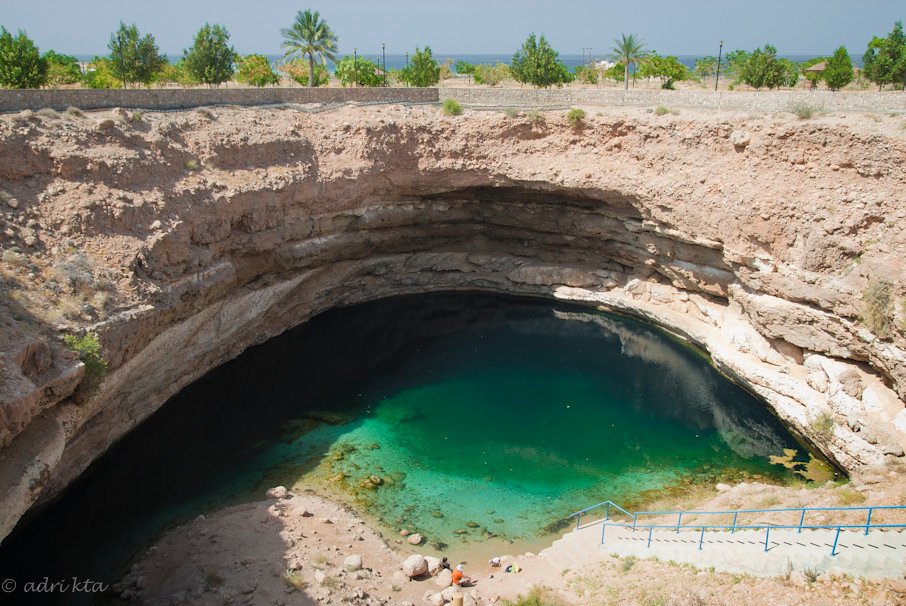
When the ground suddenly opens up and swallows houses, roads, or entire city blocks, it’s usually because an underground river has finally worn through the rock ceiling above it. These dramatic sinkholes are like windows into the hidden world beneath our feet, suddenly revealing chambers and waterways that have existed in darkness for millennia. Florida experiences thousands of sinkhole events each year, each one a reminder of the vast underground river network flowing beneath the state. The famous cenotes of Mexico are natural sinkholes that reveal underground rivers so clear and blue they look like liquid jewels. These openings show us that what we think of as solid ground is often just a thin layer above vast aquatic highways.
Underground Rivers and Continental Drift

As continents slowly drift across the Earth’s surface, underground rivers adapt and change course over geological time. Ancient underground waterways that once connected continents now flow beneath ocean floors, creating underwater springs that puzzle marine biologists. The Mediterranean Sea has underwater rivers flowing from underground systems that began when Africa and Europe were much farther apart. These subsurface connections between continents mean that water falling as rain in one country might emerge as a spring in another country thousands of miles away, decades or centuries later. Continental drift has essentially rewired the planet’s underground plumbing system multiple times throughout Earth’s history.
The Temperature Mystery of Deep Waters

Underground rivers maintain surprisingly consistent temperatures regardless of surface weather, creating underground climate zones that remain stable for thousands of years. In some cases, these hidden waterways are warmer than surface rivers, heated by geothermal energy from deep within the Earth. The thermal stability of underground rivers creates unique ecosystems where ancient life forms have survived ice ages and climate changes that wiped out surface species. Some underground rivers are so warm they create underground tropical environments in regions where the surface is frozen solid for most of the year. This temperature buffering effect means that underground rivers serve as climate refuges for countless species during times of surface environmental stress.
Chemical Sculptors Working in Darkness

Underground rivers don’t just move water – they’re constantly dissolving and transporting massive amounts of rock and minerals. A single underground river can dissolve enough limestone in a year to fill several city blocks, carrying this dissolved material toward the ocean where it eventually becomes new rock formations. These chemical processes happen so slowly that we never notice them, but over millions of years they’ve literally moved mountains grain by grain. The white cliffs of Dover were partially created by materials dissolved and transported by underground rivers millions of years ago. Some underground rivers are so chemically active that they create entirely new mineral formations, essentially growing crystals and rock structures in underwater caves.
When Underground Rivers Surface Unexpectedly
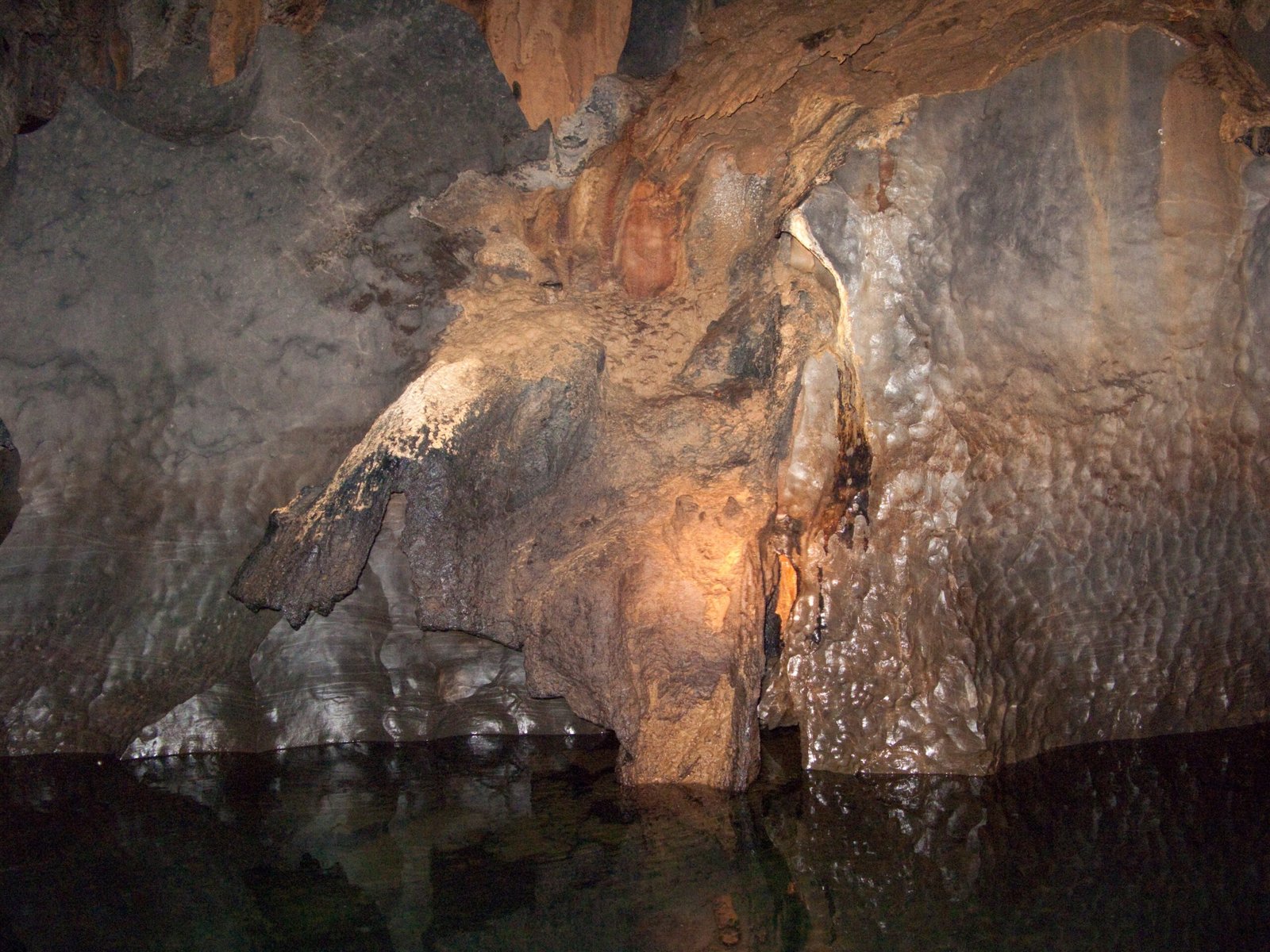
Sometimes underground rivers break through to the surface in spectacular fashion, creating instant lakes or dramatically increasing the flow of existing surface streams. These emergence events can happen suddenly after earthquakes, heavy rains, or gradual erosion finally breaks through the last barrier of rock. The sudden appearance of a new river or lake can completely change local ecosystems and human communities overnight. In some cases, underground rivers surface temporarily during certain seasons, creating ephemeral lakes that exist for only a few months before disappearing back underground. These surfacing events give us rare glimpses into the vast water systems flowing beneath our feet, like brief previews of a hidden world.
The Role in Global Weather Patterns
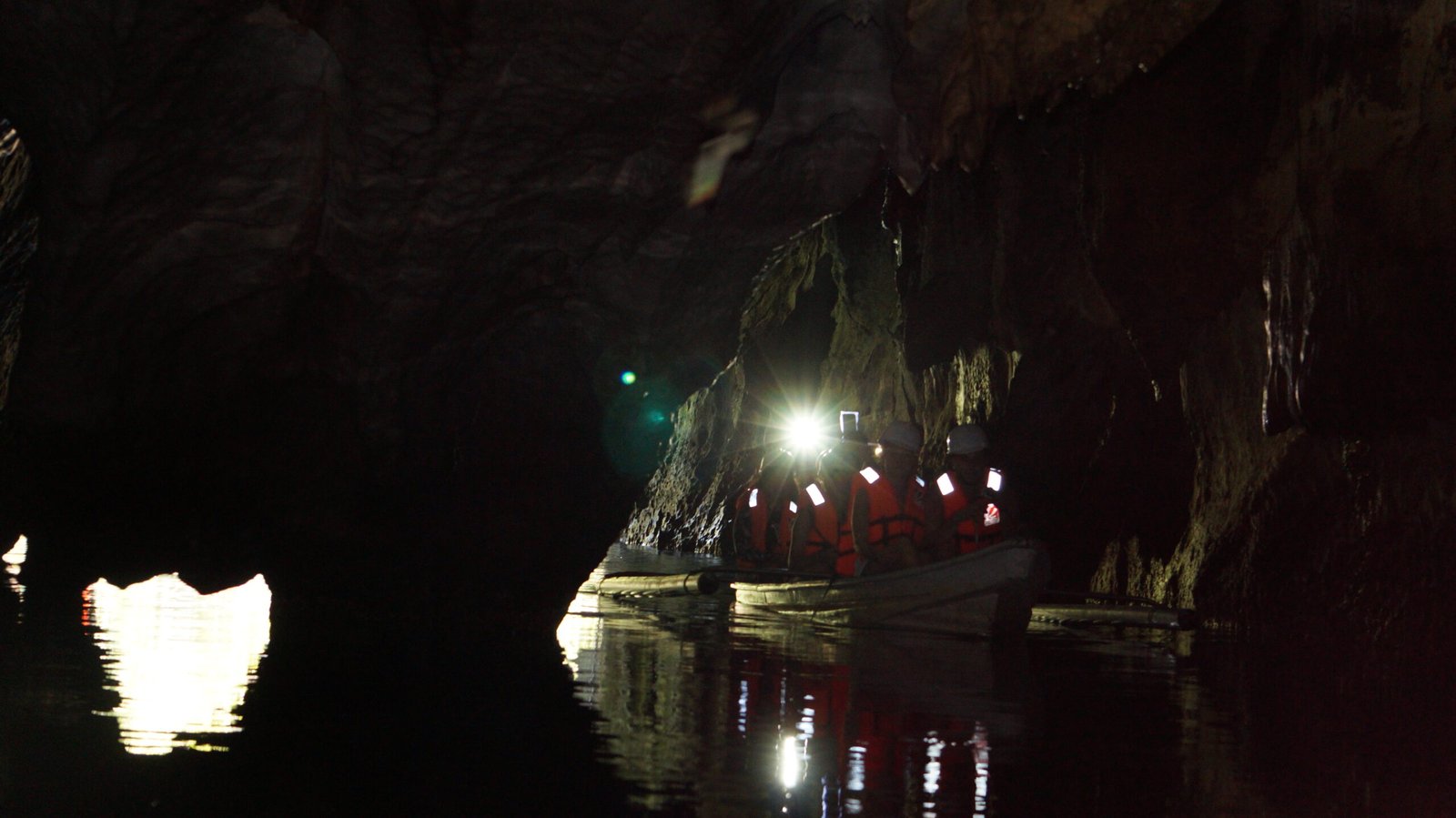
Underground rivers play a crucial but largely unrecognized role in global weather patterns by moderating temperature and humidity in ways scientists are only beginning to understand. These hidden waterways act like a massive underground air conditioning system, absorbing heat during warm periods and releasing it during cold periods. The evaporation from underground rivers contributes to atmospheric moisture in ways that don’t show up in traditional weather models. Some researchers believe that changes in underground river flow patterns could significantly impact regional weather patterns, potentially influencing everything from tornado formation to drought patterns. The thermal mass of underground water systems helps stabilize regional climates in ways that surface water bodies cannot.
Ancient Civilizations and Hidden Waters

Many ancient civilizations built their greatest cities directly above underground river systems, often without fully understanding why those locations felt so right for settlement. The Romans were masters at locating and tapping into underground rivers, building aqueducts that followed the natural flow of hidden waterways for hundreds of miles. Archaeological evidence suggests that some ancient peoples could detect underground rivers using methods that modern science still doesn’t fully understand. Native American tribes often had detailed knowledge of underground water systems, passing down information about hidden springs and seasonal water emergence points through generations. These ancient connections to underground rivers helped sustain civilizations through droughts and climate changes that would have otherwise forced abandonment of settlements.
Modern Technology Reveals the Hidden Network
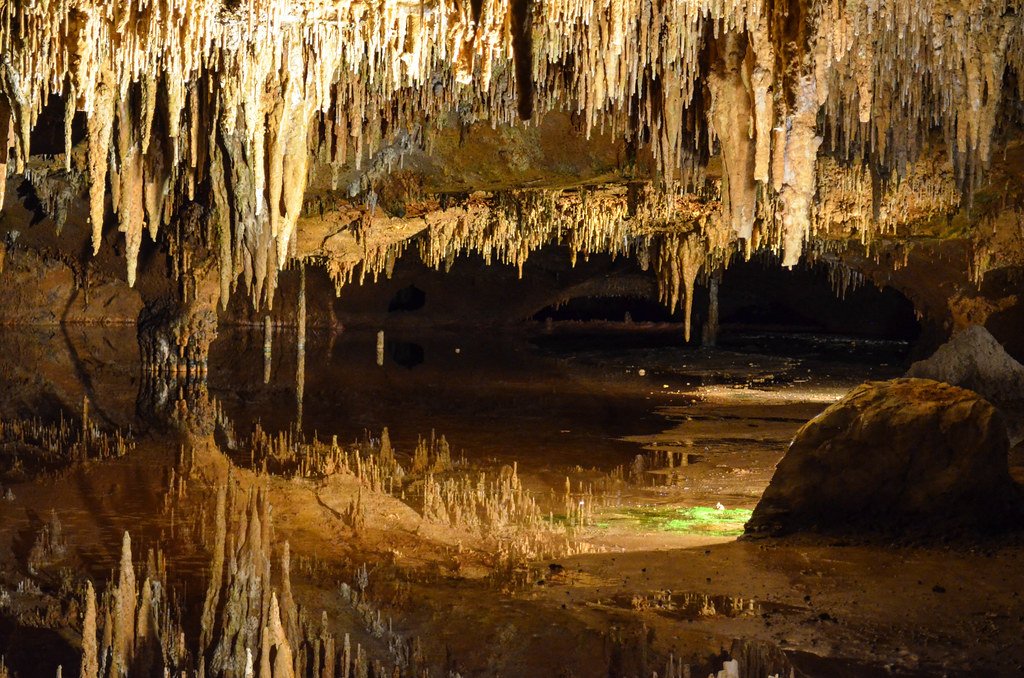
Advanced ground-penetrating radar and seismic imaging are finally allowing scientists to map the vast network of underground rivers that crisscross every continent. These new technologies reveal that underground river systems are far more extensive and complex than anyone previously imagined. Satellite imagery can now detect subtle changes in surface vegetation that indicate underground water flow, revealing river patterns that extend for thousands of miles beneath deserts and plains. Some underground rivers flow in multiple levels, with newer waterways flowing above ancient ones, creating three-dimensional water highways through solid rock. The mapping of these hidden systems is revolutionizing our understanding of global water cycles and challenging basic assumptions about how continents are structured.
The Underground Water Cycle Nobody Sees
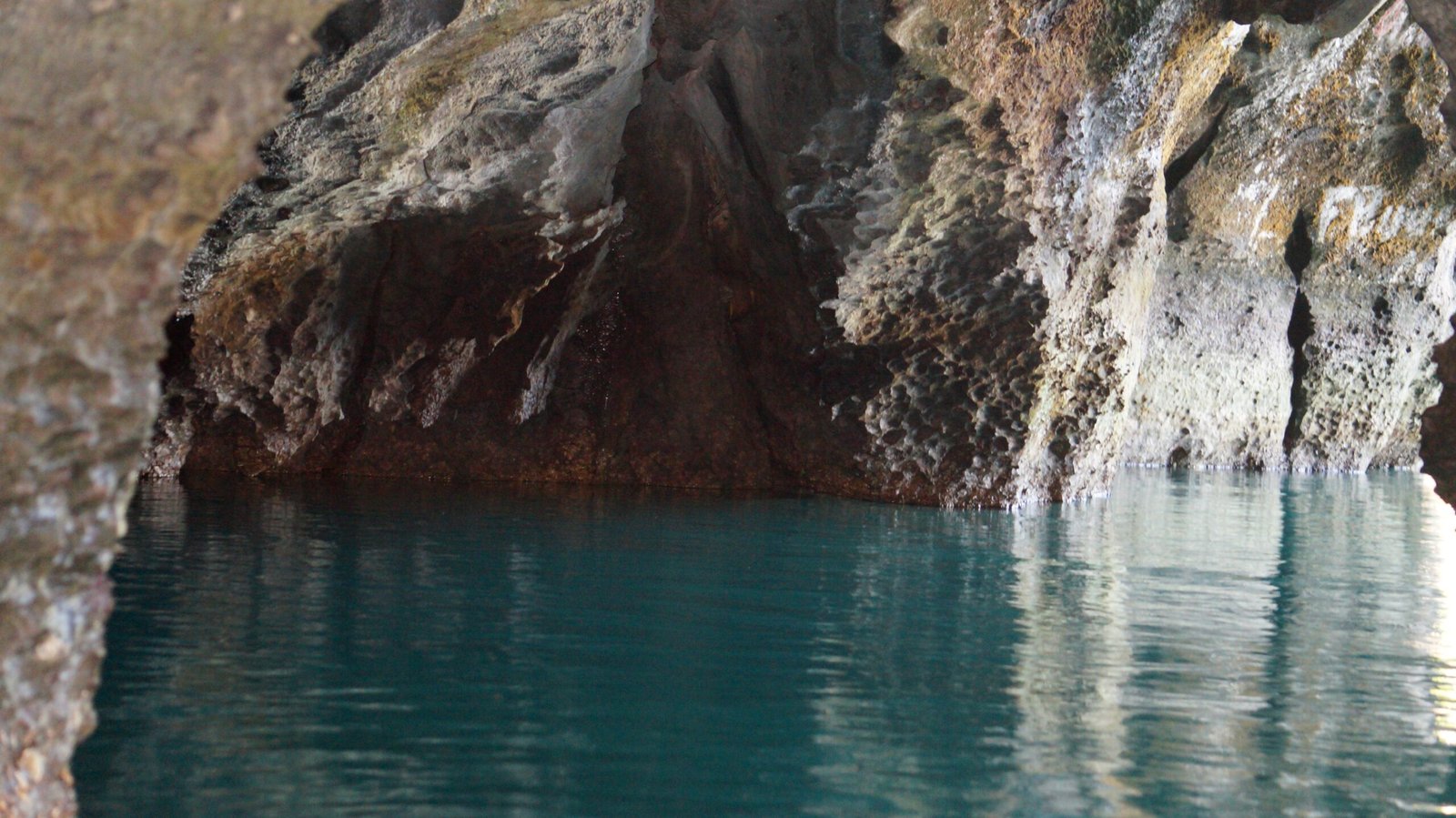
While everyone learns about the surface water cycle in school, the underground water cycle is actually much more complex and involves far more water than its surface counterpart. Underground rivers don’t just flow in one direction – they create circular patterns, underground waterfalls, and even underground deltas where multiple hidden waterways meet. Some underground rivers flow uphill, pushed by pressure from deeper water sources, creating hydraulic systems that seem to defy gravity. The underground water cycle includes evaporation in large underground chambers, underground precipitation in the form of cave formations, and underground snow in extremely deep, cold caverns. This hidden cycle has been operating continuously for hundreds of millions of years, recycling water through pathways that surface dwellers never see.
Impact on Surface Ecosystems
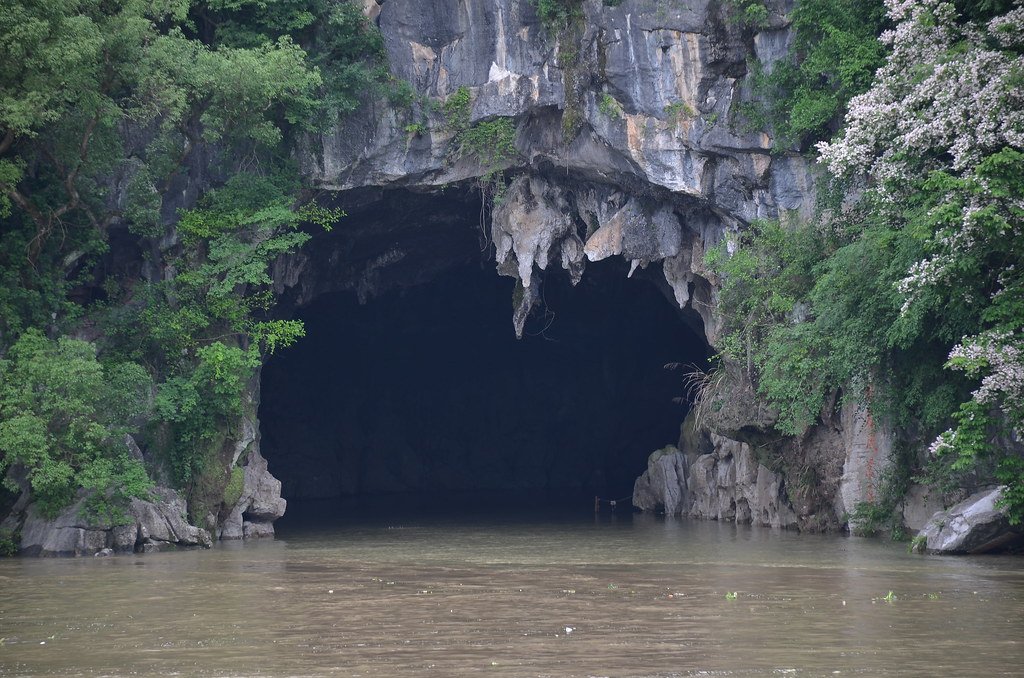
Underground rivers profoundly influence surface ecosystems in ways that often go unrecognized, creating oases in deserts, maintaining year-round water flow in surface streams, and supporting unique plant communities that tap into hidden water sources. Desert plants with unusually deep root systems are often accessing underground rivers, allowing them to thrive in seemingly impossible conditions. Some forests exist primarily because of underground river systems that provide consistent moisture even during severe droughts. The seasonal emergence and submergence of underground rivers creates unique wetland ecosystems that appear and disappear in cycles that can span decades. Many endangered species depend on the stable water supply and temperature conditions provided by underground rivers, making these hidden waterways crucial for biodiversity conservation.
The Future of Underground Rivers

Climate change is altering underground river systems in ways scientists are only beginning to understand, potentially disrupting water cycles that have remained stable for millions of years. Rising sea levels are causing saltwater to intrude into coastal underground river systems, fundamentally changing their chemistry and ecology. Changes in precipitation patterns are affecting the recharge rates of underground rivers, potentially causing some ancient waterways to slow down or even stop flowing for the first time in geological history. Some underground rivers are becoming more active as surface water becomes scarce, while others are being depleted faster than they can naturally refill. The future of these hidden waterways will largely determine the availability of fresh water for billions of people, making them perhaps the most important natural resources that most people have never heard of.
Conservation Challenges for Invisible Waters

Protecting underground rivers presents unique challenges because most people don’t know they exist, and their boundaries often cross multiple countries and jurisdictions. Pollution in one area can contaminate underground rivers for thousands of miles downstream, affecting communities and ecosystems that have no idea where the contamination originated. Mining operations, fracking, and deep construction projects can accidentally break into underground river systems, causing irreversible damage to waterways that took millions of years to develop. International cooperation is essential for protecting underground rivers, but creating agreements about invisible waterways that cross borders presents diplomatic challenges unlike any other environmental issue. The legal framework for protecting underground rivers is virtually nonexistent in most countries, leaving these crucial water resources vulnerable to destruction through ignorance or neglect.
Underground rivers represent one of Earth’s most powerful and least understood forces, quietly reshaping continents while supporting life in ways we’re only beginning to appreciate. These hidden waterways carry more water than all surface rivers combined, yet they remain largely invisible to human awareness, continuing their ancient work of sculpting landscapes and sustaining ecosystems in darkness. The next time you feel solid ground beneath your feet, remember that you might be standing above rushing waters that have been flowing since before humans walked the Earth, carrying with them the power to move mountains one grain at a time. What secrets might these ancient waters reveal if we took the time to truly listen to their hidden stories?




